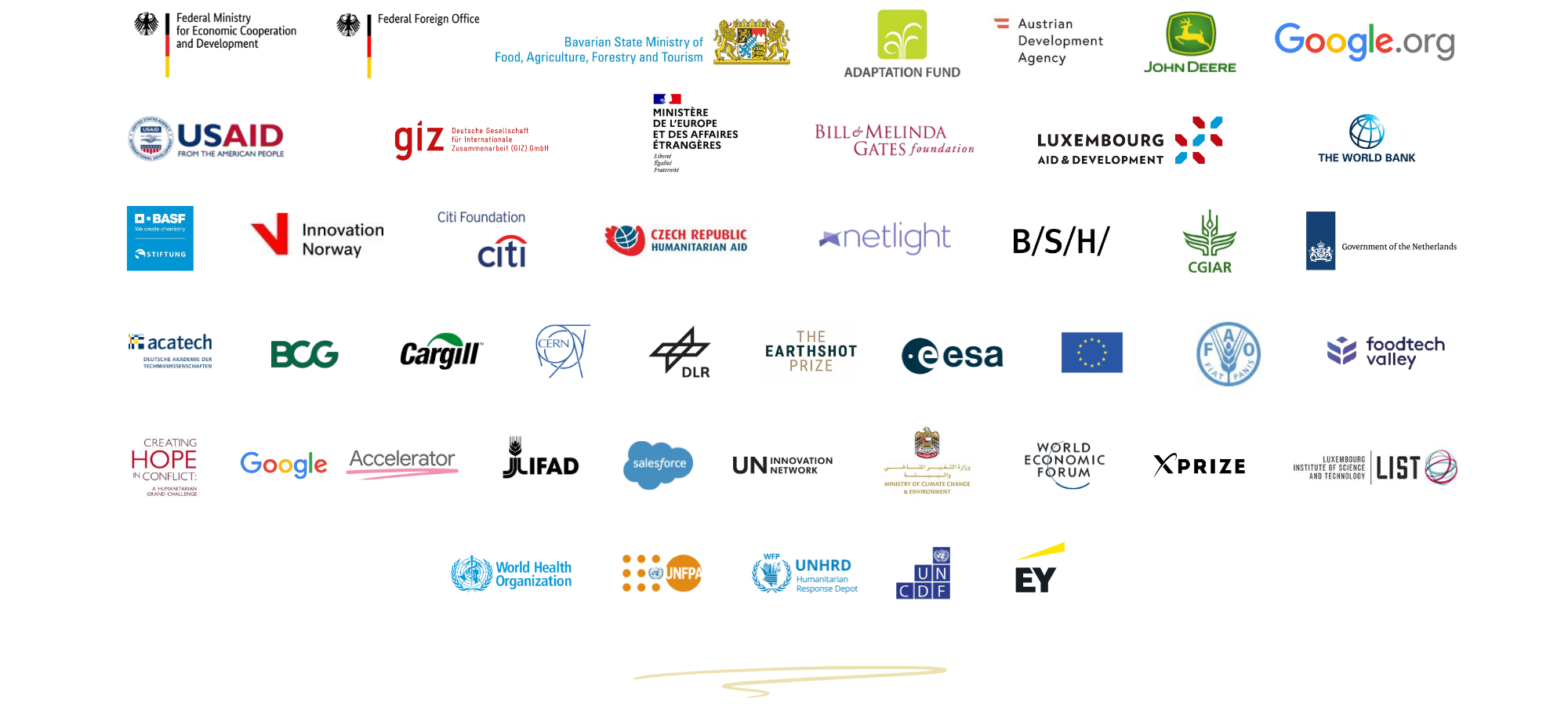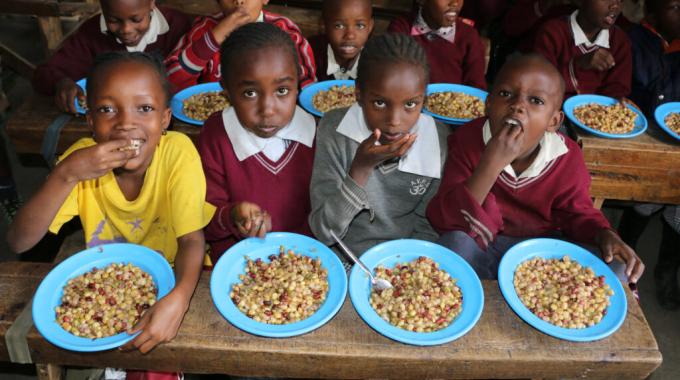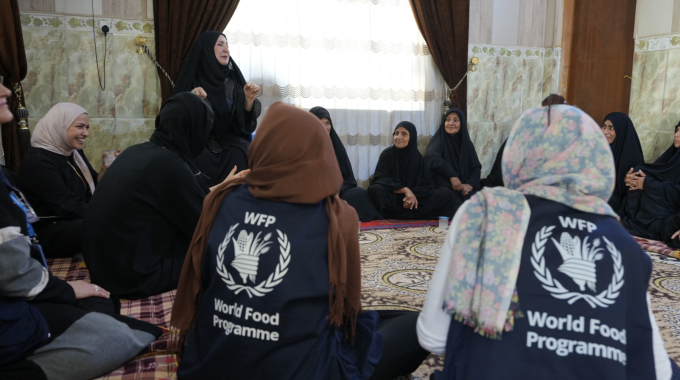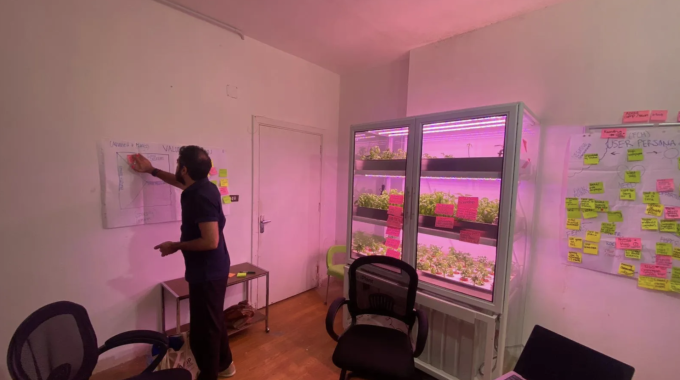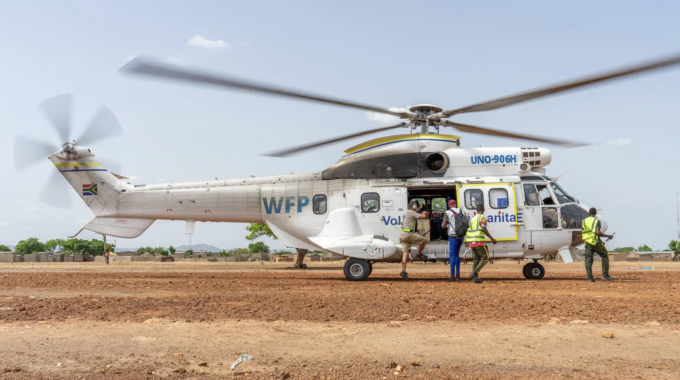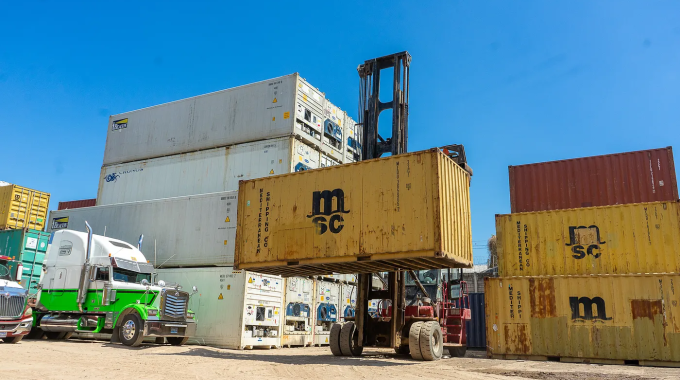Our work in 2024
Innovation across WFP
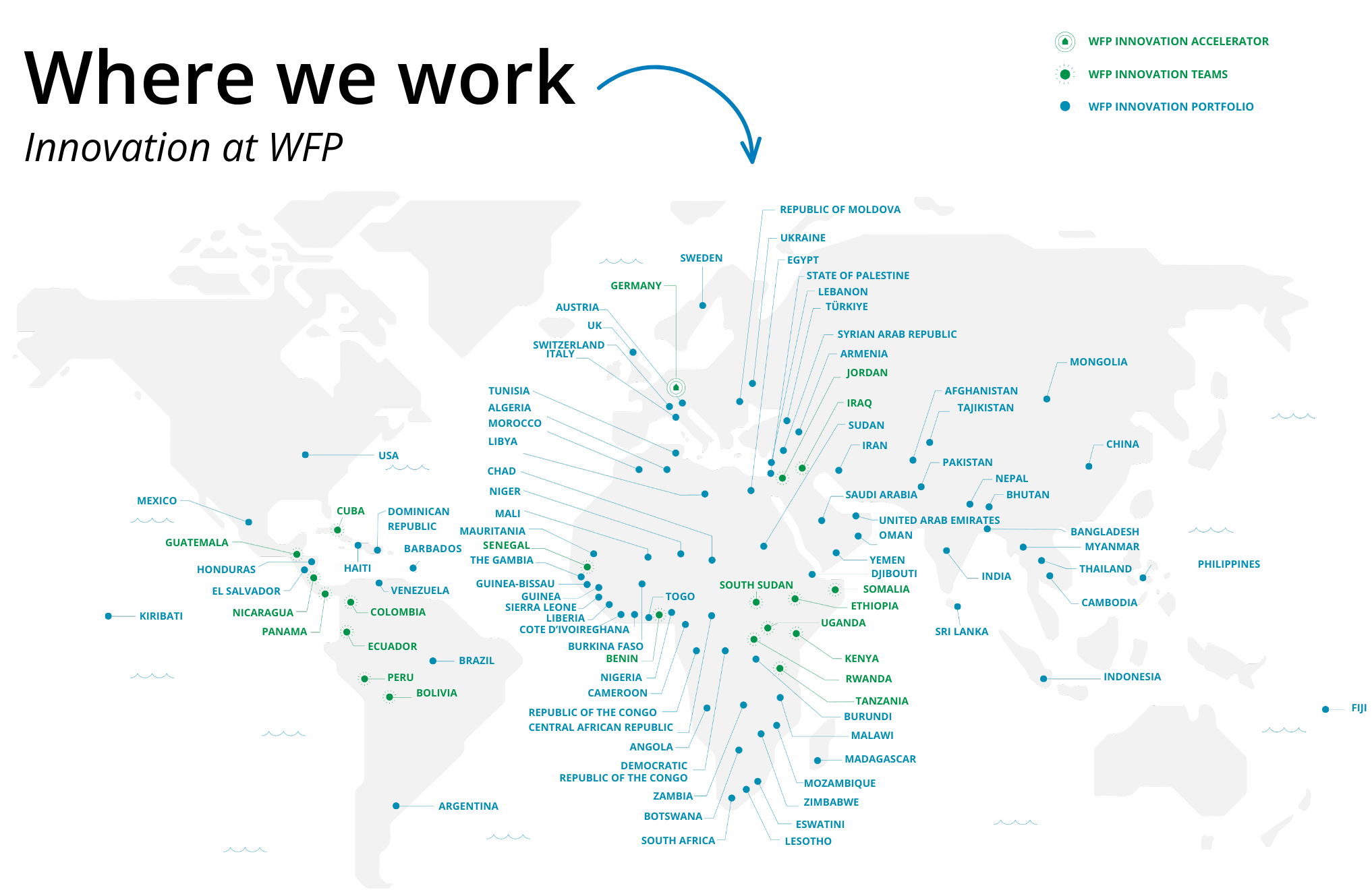
Our results by theme
- Emergency Response218K
- Supply chain5.6M
- Cash-based assistance7.1M
- Nutrition24K
- Smallholder farmers540K
- School meals4.9M
- Workplace managementGlobal
- + more
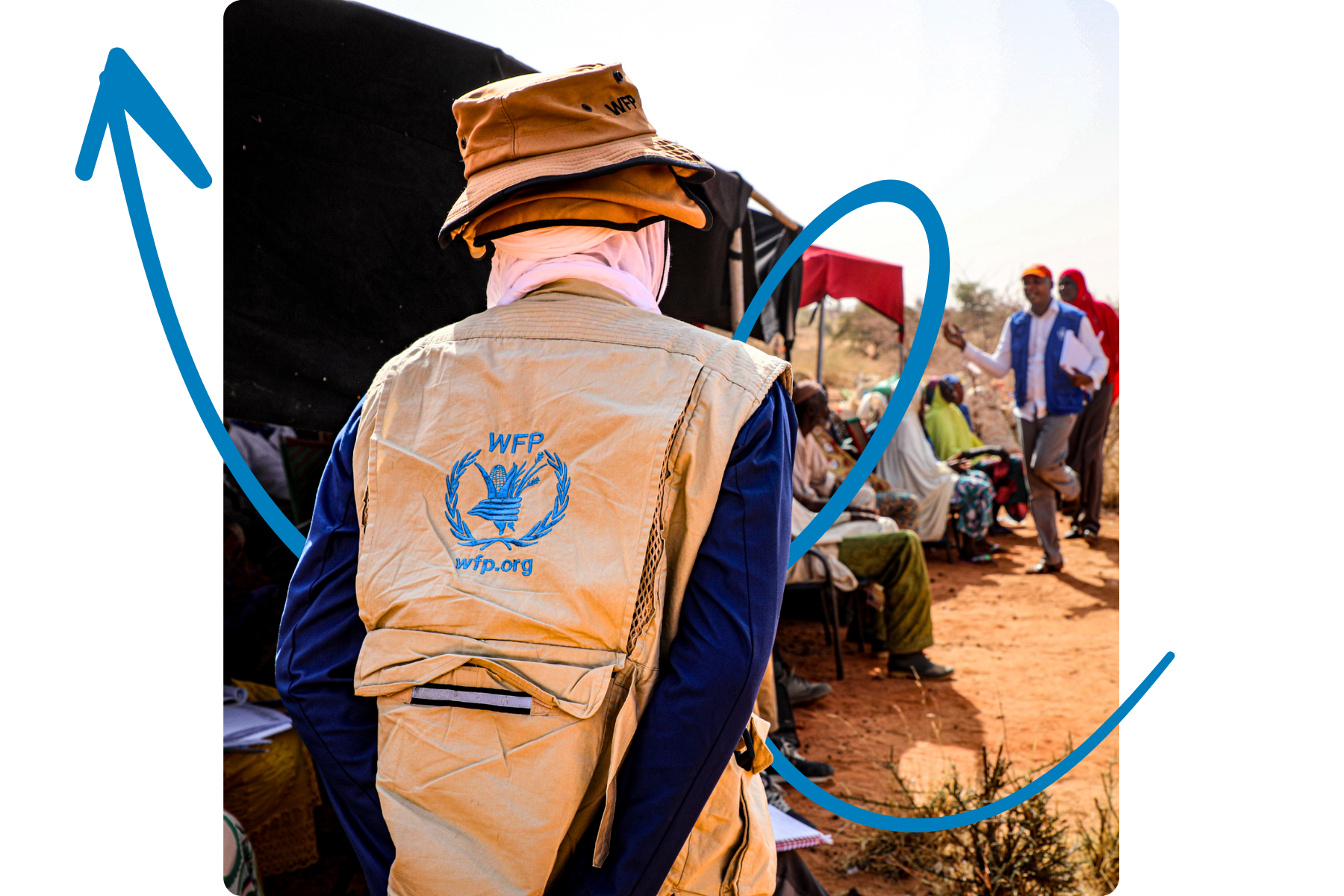
In 2024, innovations in our emergency preparedness and response portfolio impacted
218,000 people.

In 2024, our global and locally-powered supply chain solutions saved an estimated
US$4.1 million in cost and US$1.5 million in time.

In 2024 alone, WFP transferred cash-based assistance to the people we work for a total of
US$7.1 million
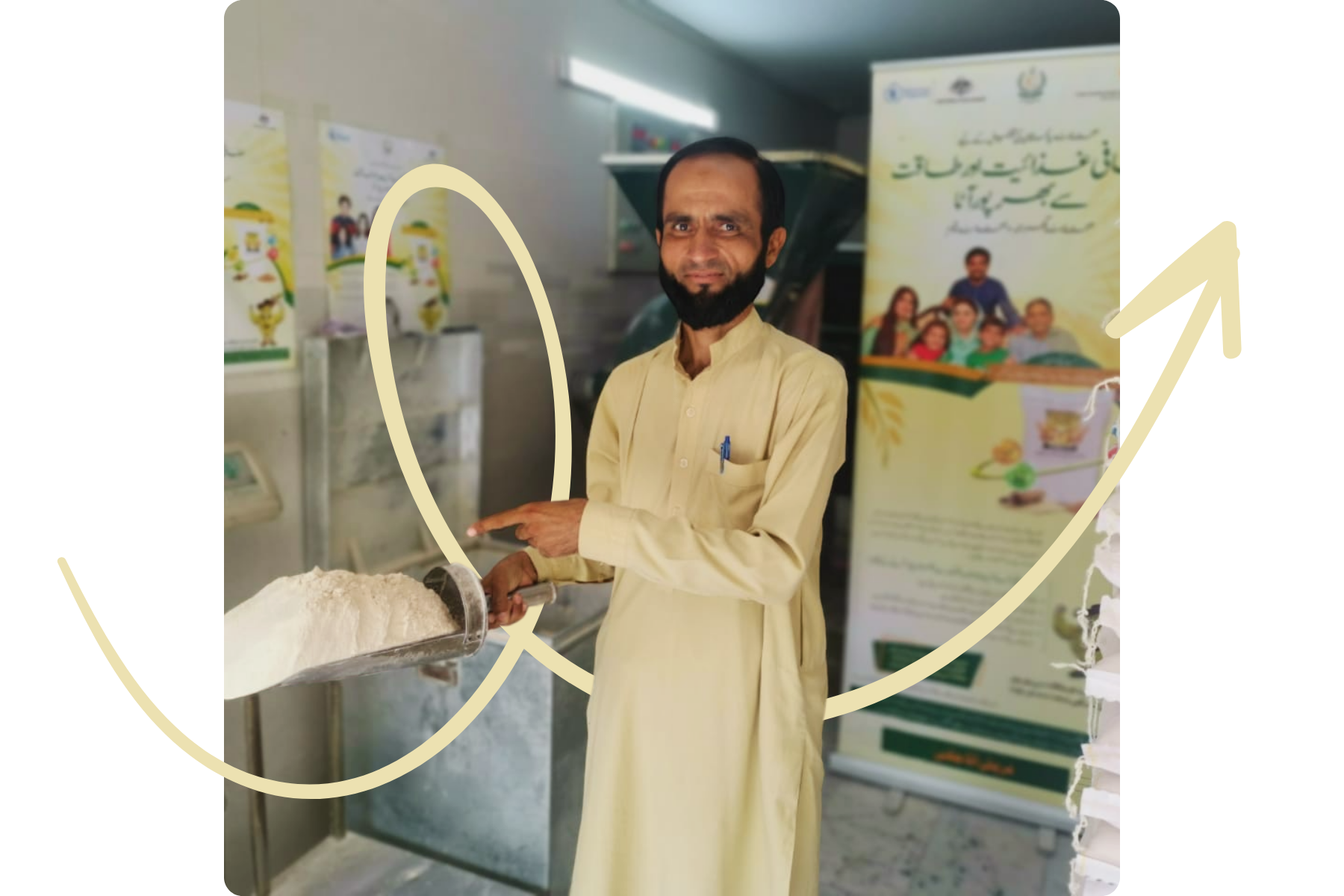
In 2024, solutions supporting improved nutrition reached
24,518,328 people.

In 2024, innovations in our food systems and smallholder farmers portfolio reached
5,402,695 people.
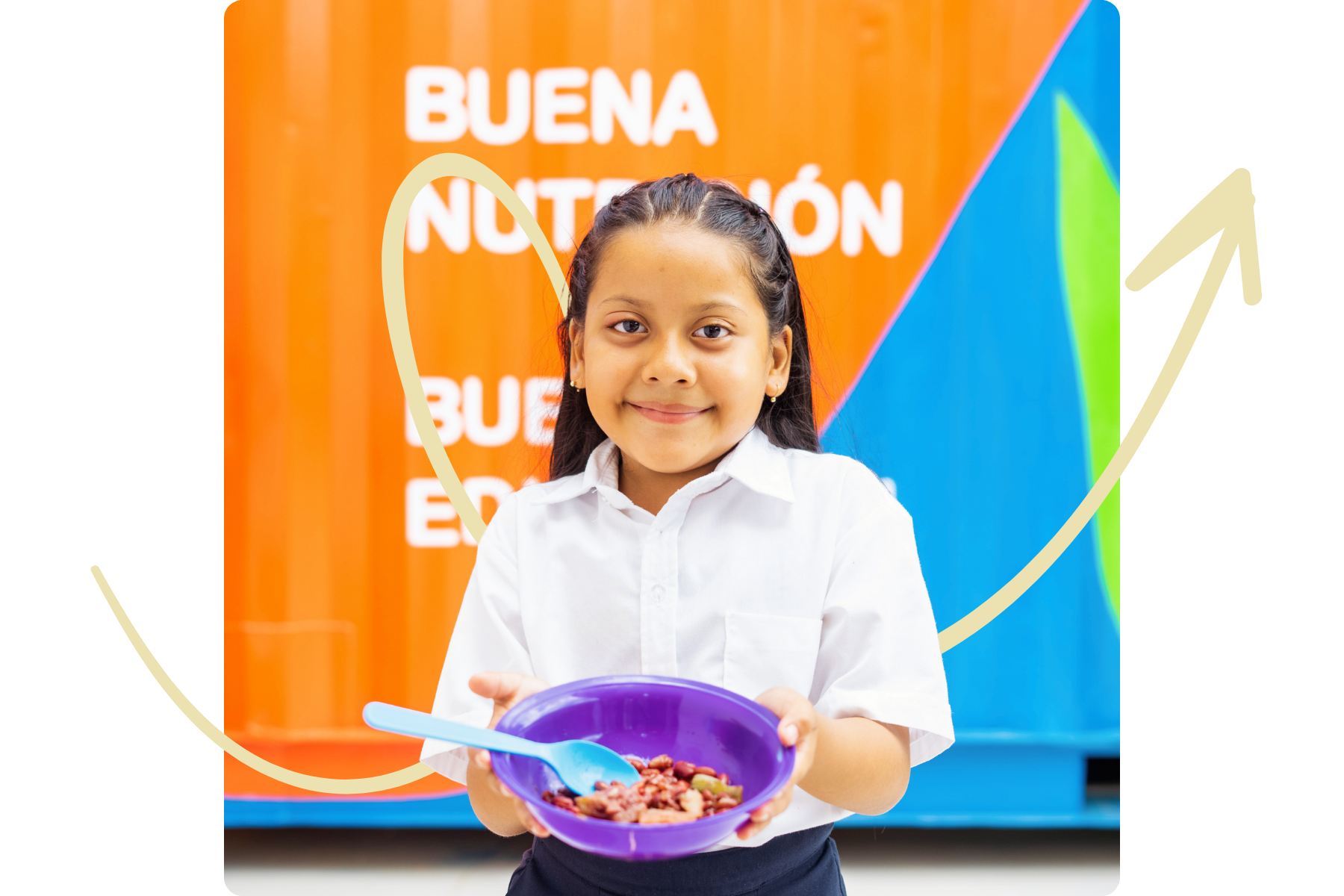
In 2024, our school meal innovation portfolio reached
4.9 million people.

WFP’s activities around workplace management in 2024 reflect its support operations across
117 countries and territories where WFP has a physical presence.
This includes over 1,500 buildings and premises, 24,000 personnel, 99,000 UNHAS and commercial flights and over 5,500 light vehicles and trucks.
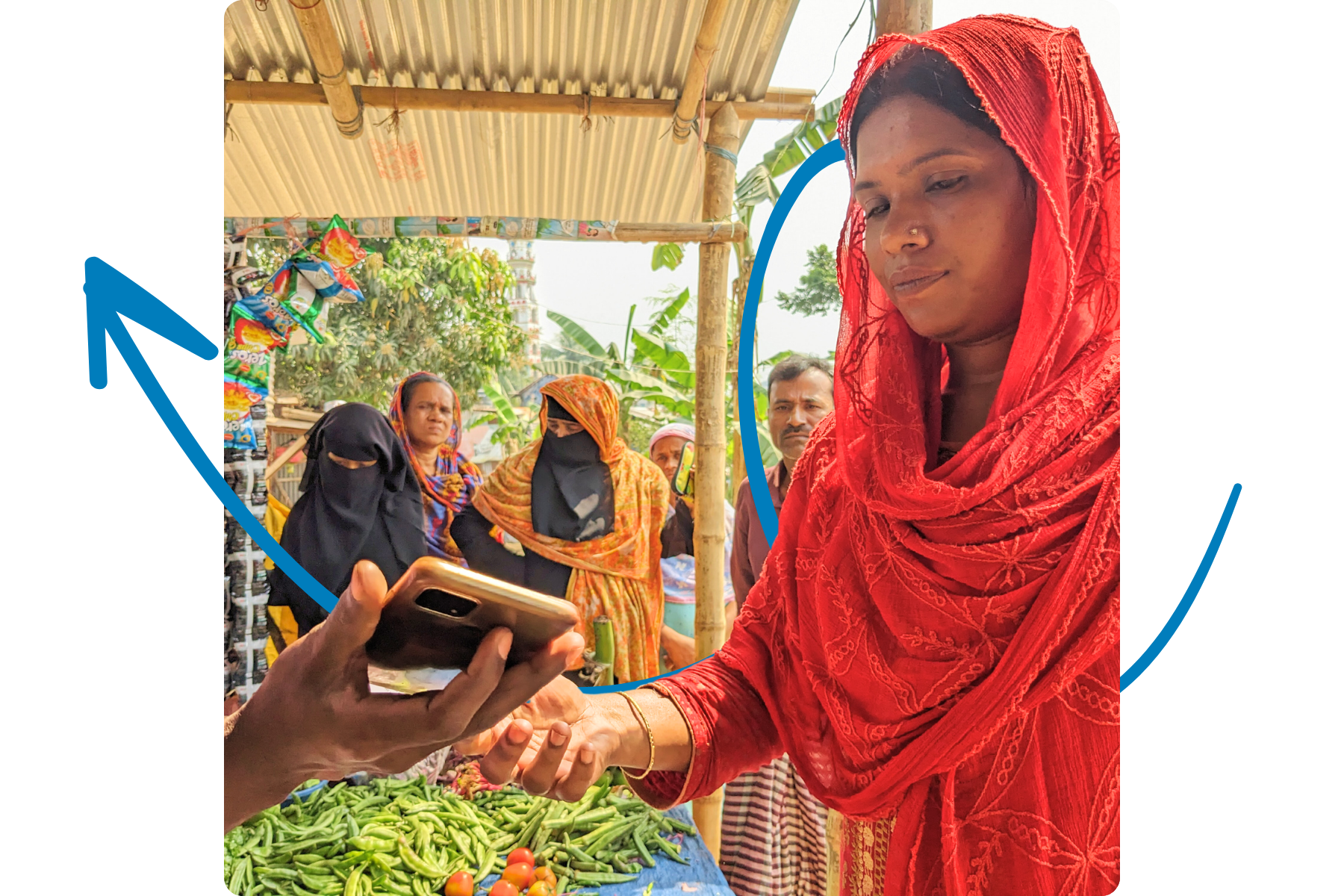
In 2024, our innovations were able to create
1,506 jobs
and averted an estimated
37 million metric tons of carbon dioxide emissions.
Innovation
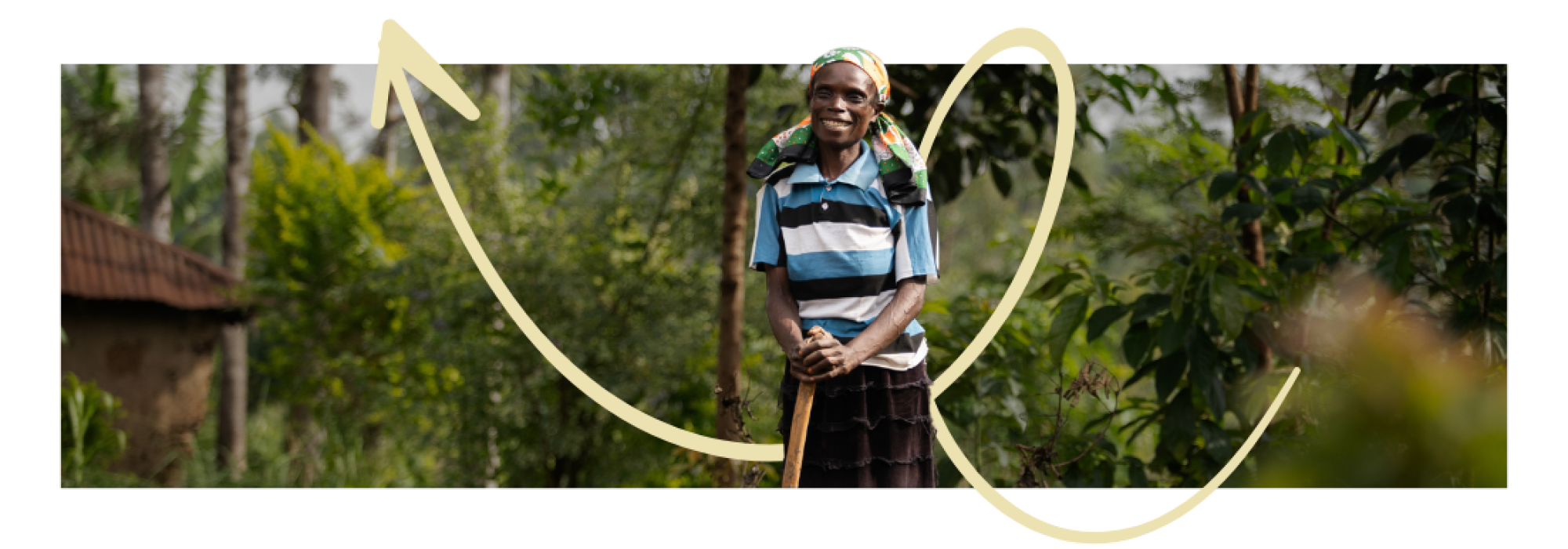

By working closely with local communities, governments and partners, we ensure solutions are locally owned and sustainable. Partnering with local governments secures buy-in and lays the foundation for long-term impact and future scaling.
Thank you to our key partners and collaborators
